

The Children's Inn at NIH Timeline
The 2000s
2000
MEDICAL ADVANCEMENT
Treating Lipodystrophy
Dr. Phil Pizzo, chief of the National Cancer Institute’s pediatric branch, meets Carmala Walgren, wife of Rep. Doug Walgren (D-PA), In long-term, ongoing clinical trials that began in 2000, National Institute of Diabetes and Digestive and Kidney Diseases, scientists find that leptin is an effective treatment for pediatric patients with lipodystrophy, a rare metabolic disease characterized by the loss of fatty tissue in parts of the body. As a result of the scientists’ work, leptin was approved in 2014 as a treatment for both adults and children with lipodystrophy.
2003
MEDICAL ADVANCEMENT
Distinguishing Severe Mood Dysregulation From Pediatric Bipolar Disorder
President George H.W. Bush and First Lady Barbara Bush, Health Multiple studies conducted by NIMH researchers, with the essential involvement of children and parents who stayed at The Children’s Inn, contributed to the understanding of irritability, defined as impairing temper outbursts and angry mood, as an important and impairing aspect of childhood mental illness. These studies show that chronic irritability is distinct from pediatric bipolar disorder, a finding with important implications for treatment and prognosis that led to the clinical conceptualization of severe mood dysregulation in 2003.
2004
OUR HOME
The Inn’s New Wing Adds Capacity
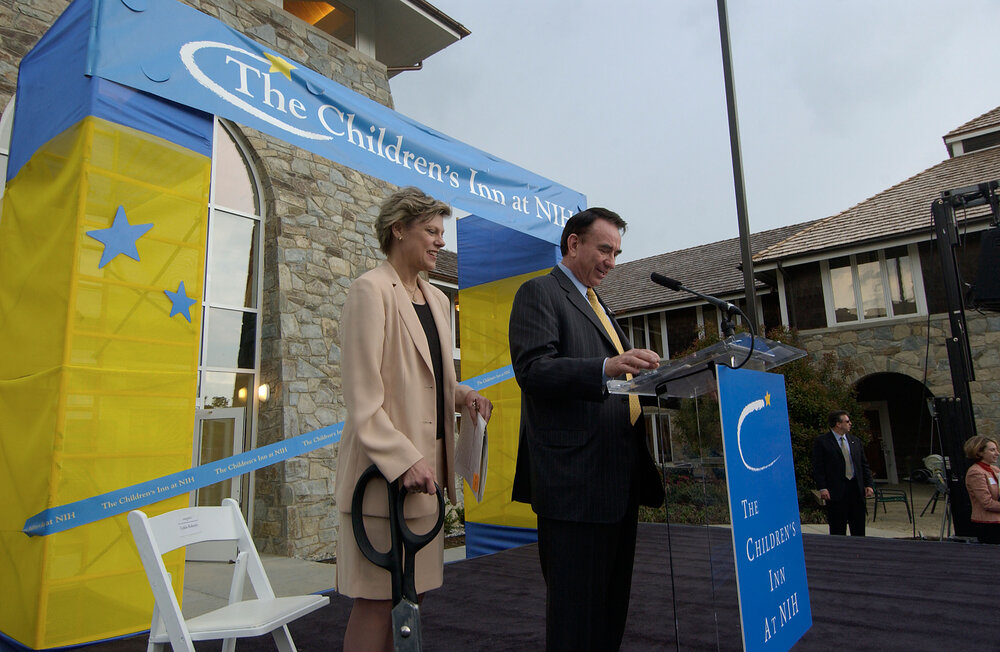
The new addition increases guest rooms from 37 to 59 and includes a community kitchen, dining and lounge areas, an exercise room, a multipurpose room, and other family spaces. Thanks to the expansion made possible by a generous gift from Merck, The Inn can better meet the evolving needs of families and older children by making it feel just a little more like home.
2004
Our Home
Creating a Space for Teens
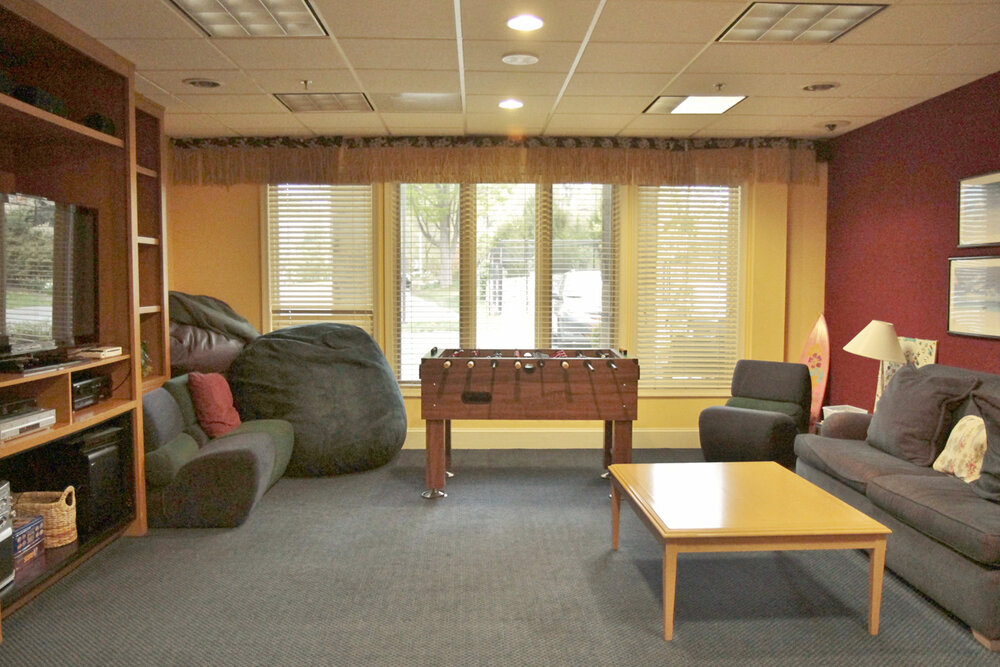
The new teen lounge provides children ages 13 and older with an age-appropriate space to play, study, and hang out. The room includes a gaming console and chairs, a large-screen TV, an oversized sofa, an arcade game, a foosball table,e and a variety of board games.
2004-2005
OUR INN FAMILY
Family Wellness Program
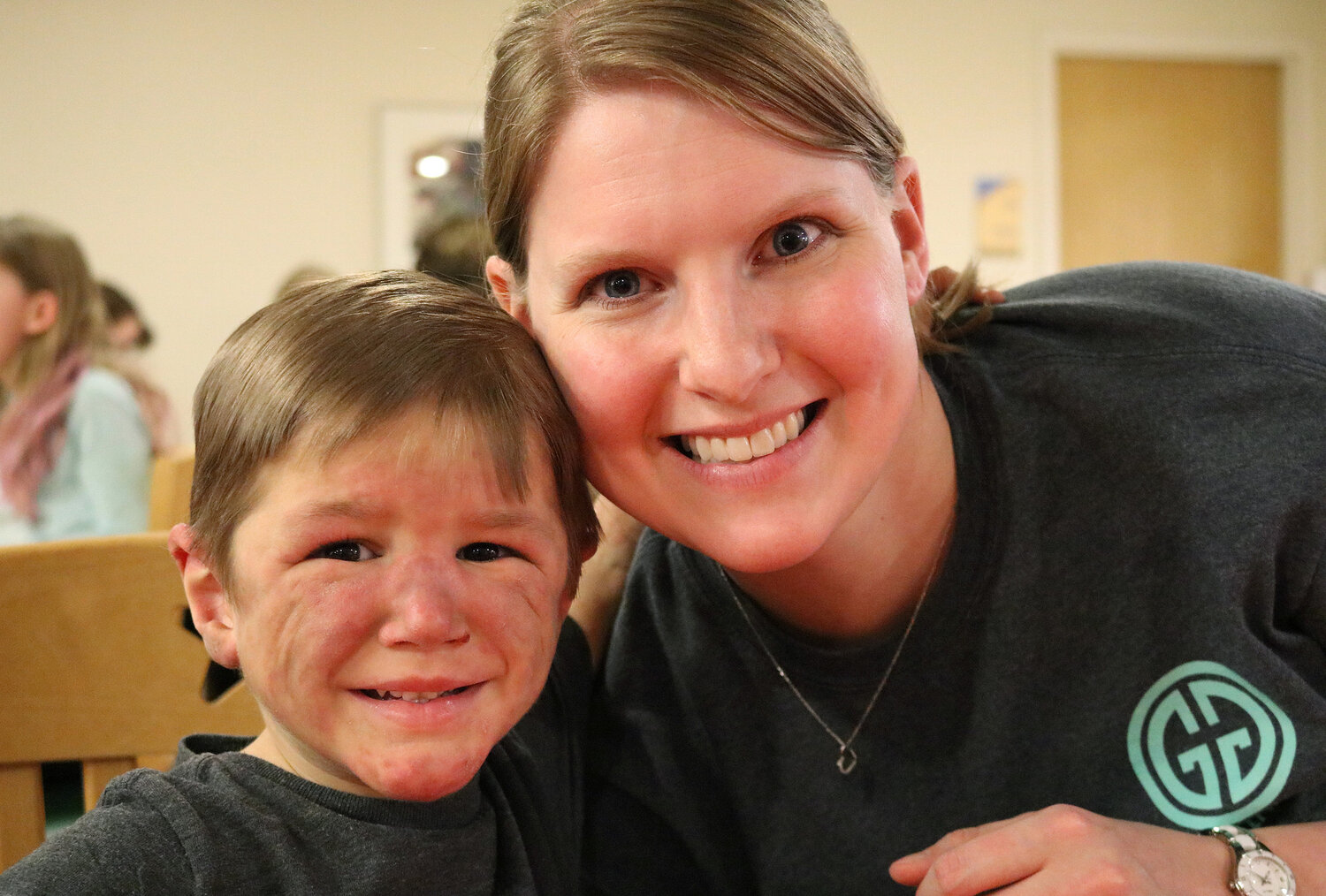
Understanding the importance of taking care of the entire family, The Inn added new staff positions to launch the family wellness program. The goal is to focus on the needs of parents and caregivers, offering massages, cooking classes, and other support programs for caregivers.
2004
Our Home
Emphasizing Educational Support
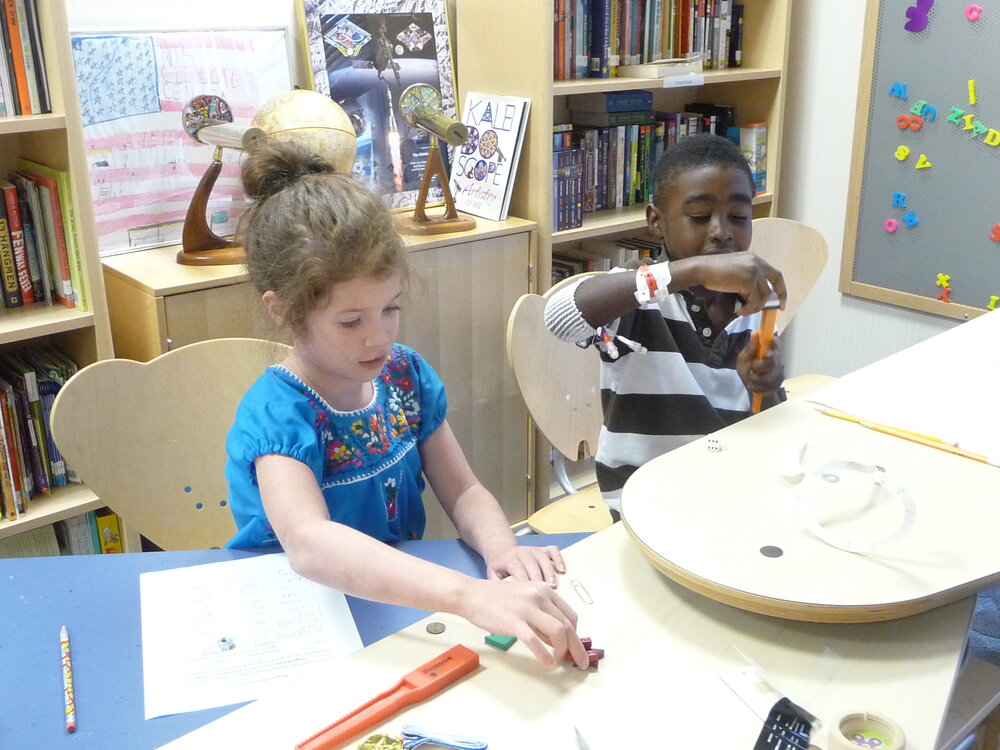
With the addition of a brand-new education center, The Children’s Inn can better support the academic needs of children and young adults while they undergo treatment for rare diseases at NIH.
2008
MEDICAL ADVANCEMENT
DOCK8 Immunodeficiency Syndrome
Scientists at the National Institute for Allergy and Infectious Diseases identified that DOCK8 deficiency is associated with a novel variant of combined immunodeficiency.
2008
OUR INN FAMILY
Karly and Kelsey
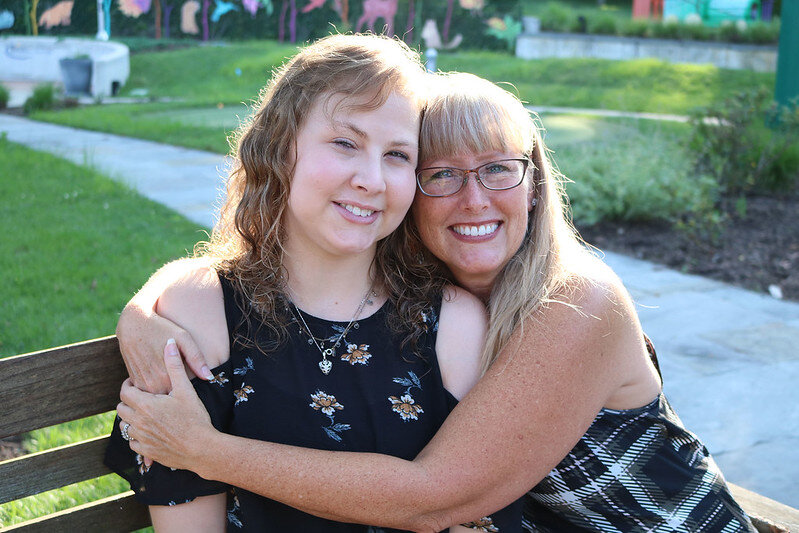
When two of her daughters were faced with puzzling infections, Tammy brought them to NIH for diagnosis and treatment, where they contributed to the identification of DOCK8 deficiency. While Kelsey passed away from complications after undergoing a stem cell transplant, Karly became the first DOCK8 patient to survive a non-matching transplant. Thanks to the two sisters, other children with DOCK8 now have the chance to be cured. Read more about the sisters’ long journey to a diagnosis and treatment.
2008
OUR INN FAMILY
Viola “Vi”
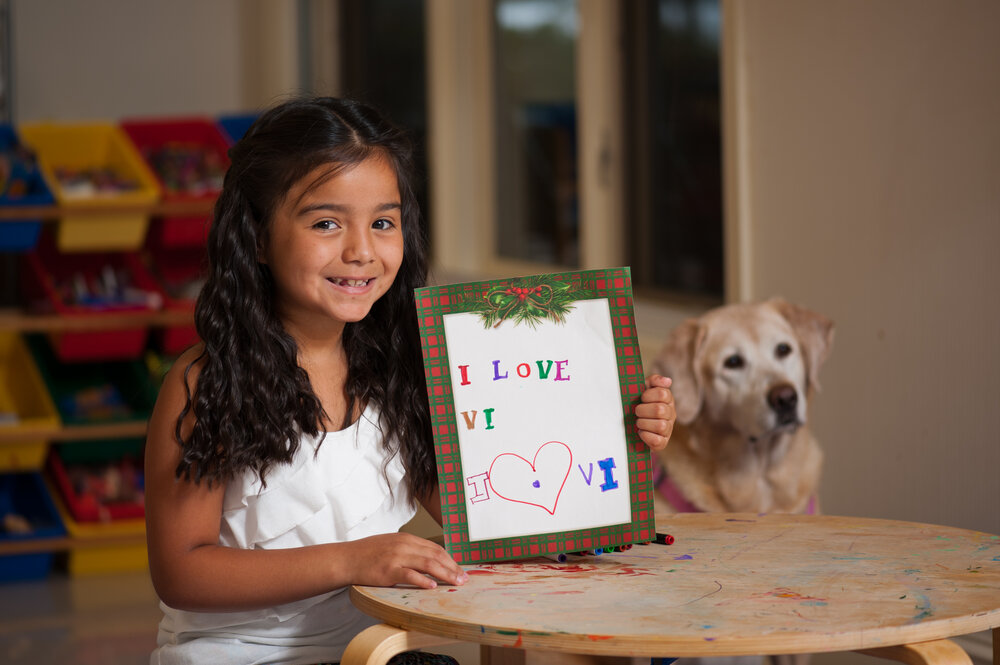
Our very first four-legged friend joins The Inn and quickly becomes our most popular staff member. As a therapy dog, Vi spreads cheer to The Inn, decreasing residents’ stress levels and improving their mental outlook. Therapy dogs are proven to offer several health benefits—that’s why Vi attends family activities and interacts with children daily.
2008
OUR HOME
Building The Inn’s Endowment
A generous $10 million grant creates the “sanofi-aventis Legacy Fund” to help ensure The Inn’s long-term viability.
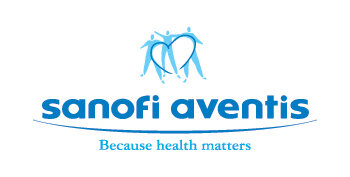
2008
MEDICAL ADVANCEMENT
2008 Immunotherapy for Ewing’s Sarcoma and Rhabdomyosarcoma Favorable
National Cancer Institute researchers treating pediatric cancer patients with Ewing’s sarcoma and alveolar rhabdomyosarcoma find that consolidative immunotherapy integrated into a multimodal regimen for chemoresponsive cancer is favorable for survival with minimal toxicity.
2008
OUR HOME
Adding a Sport Court
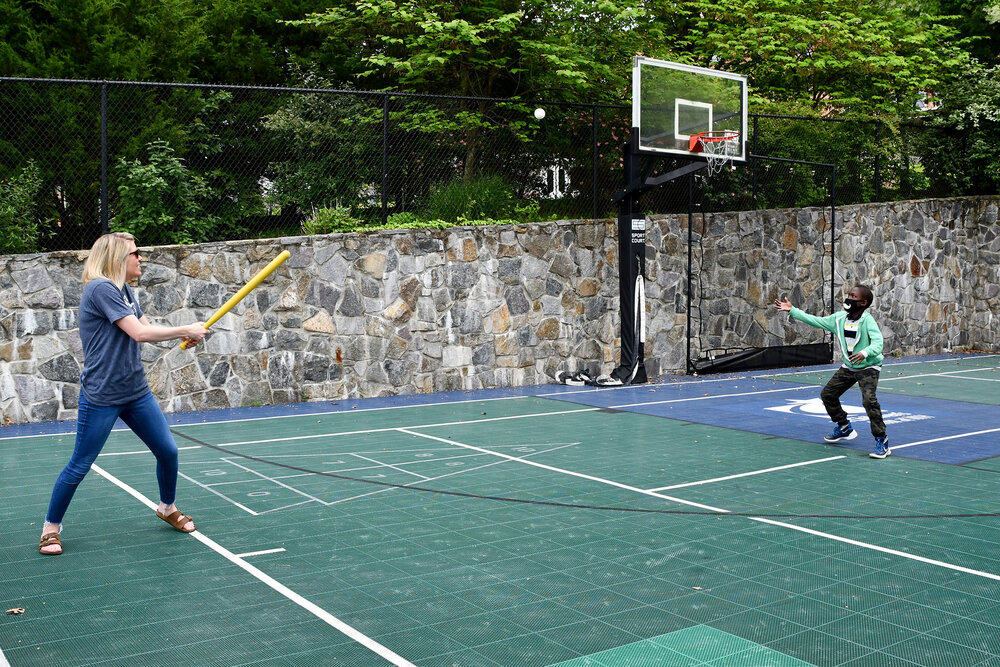
The sport court adds a lighted outdoor multi-sport area for families to play tennis, basketball, hockey, and many other sports.
2009
MEDICAL ADVANCEMENT
Sickle Cell Disease Stem Cell Transplantation
2009
OUR HOME
Woodmont House
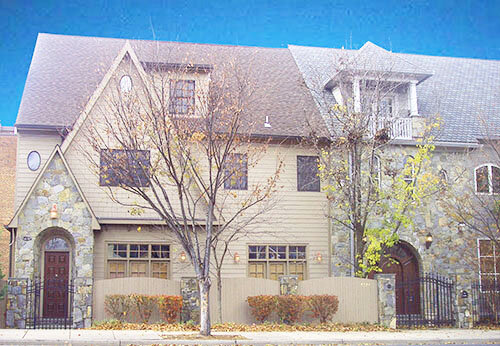
To help long-term families staying at The Inn integrate into the community, The Children’s Inn purchased Woodmont House in 2009 thanks to a generous gift from Merck. Located on land adjacent to the NIH campus, the residence could accommodate six families at a time. The Children’s Inn sold the residence in 2018 after being granted use of a house located on the NIH campus and directly across from The Children’s Inn. Proceeds from the sale are being reinvested in renovating the second on-campus residence, slated to open in 2025 to serve young adult residents.
2009
MEDICAL ADVANCEMENT
Improving the Quality of Life for Children With Osteogenesis Imperfecta
Osteogenesis imperfecta, also known as brittle bone disease, is a rare disorder that weakens bones significantly, leading to frequent fractures. The Eunice Kennedy Shriver National Institute of Child Health and Human Development has researched OI for more than 30 years, finding, among other things, that pamidronate treatment confirms vertebral gains in children.
2009
OUR INN FAMILY
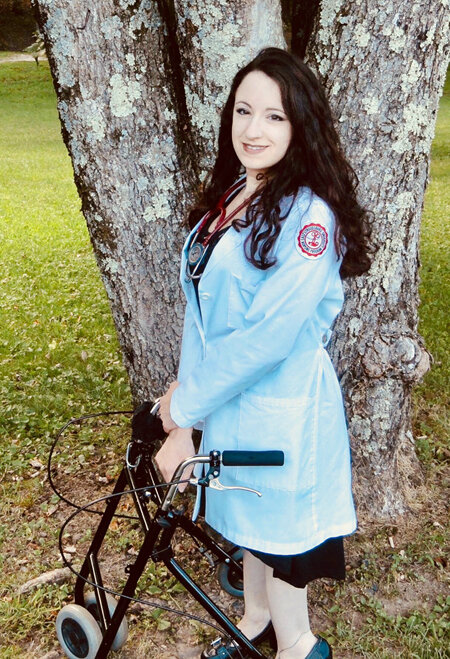
At only 8 months old, Kristal is one of the first NIH patients to stay at The Inn while she participates in the ongoing trials and studies for osteogenesis imperfecta. She credits an NIH trial with enhancing her bone density to the point that she was able to make her dream of working as a nurse come true.
